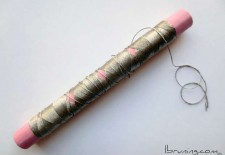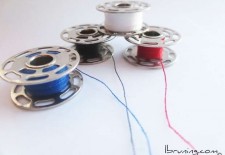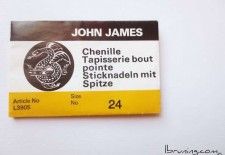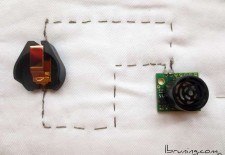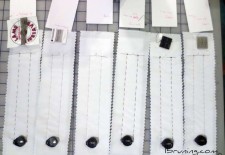Conductive Thread Magnified
Closeup of Silverell thread from 1 pound spool purchased in 2009 and Mitsifuji thread. This macroscopic view allows you to see the twisted ply of the thread. The twist is what holds the thread together allowing for smooth sewing.
Read more ›

